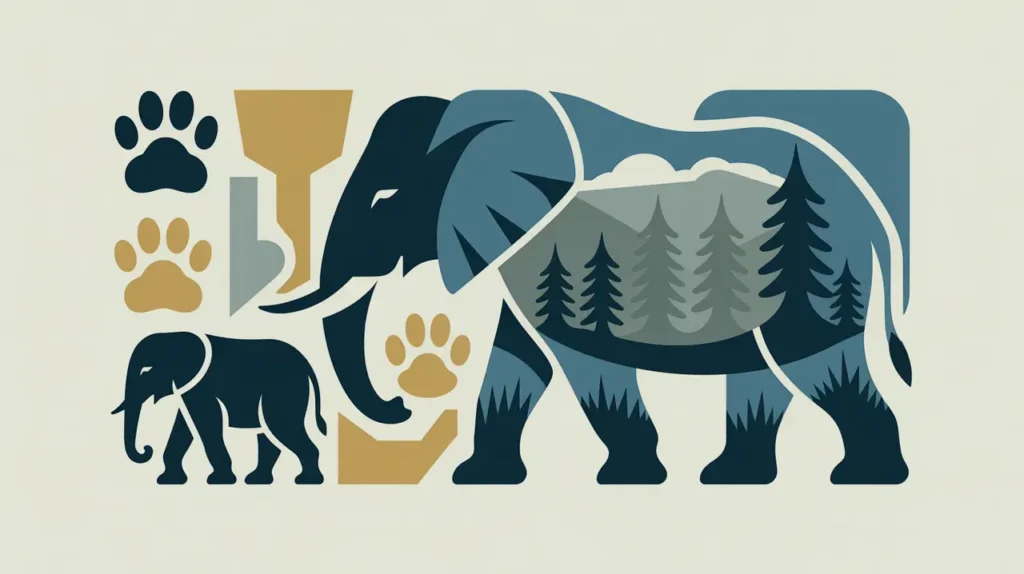Importance of Sustainable Land Management
Sustainable land management (SLM) is essential for maintaining the productivity, health, and resilience of land resources while meeting human needs. It plays a central role in combating desertification, preserving biodiversity, and ensuring food and water security. In international development, SLM supports livelihoods, reduces vulnerability to climate change, and promotes long-term ecological balance. For nonprofits and social innovators, it matters because land is a foundation for both community survival and economic opportunity. Its importance lies in balancing present use with future sustainability.
Definition and Features
Sustainable land management refers to the practices and policies that integrate ecological, economic, and social principles to ensure land resources are used responsibly. Its defining features include:
- Resource Conservation: protecting soil, water, and biodiversity.
- Productivity Maintenance: ensuring land continues to support agriculture, forestry, and other uses.
- Climate Resilience: reducing degradation and adapting to changing conditions.
- Inclusive Governance: involving communities in decision-making around land use.
How this Works in Practice
In practice, SLM includes techniques such as agroforestry, terracing, conservation tillage, water harvesting, and reforestation. Governments may support SLM through land-use planning, incentives, and regulations, while NGOs train communities in sustainable farming or forest management. For example, smallholder farmers adopting soil conservation practices can improve yields while reducing erosion. Challenges include competing land demands, insecure tenure, weak enforcement of land policies, and limited access to resources for small-scale farmers.
Implications for Social Innovation
Sustainable land management has significant implications for social innovation because it integrates environmental stewardship with livelihoods. Innovations such as participatory mapping, carbon credit schemes, and climate-smart agriculture scale sustainable practices while generating income. For proximate actors, SLM ensures that land continues to provide food, water, and cultural value for future generations. Sustainable land management is essential for ecological integrity and inclusive development.







